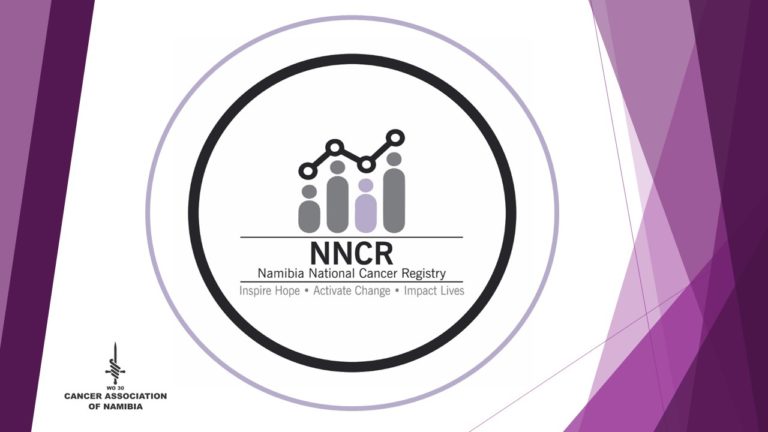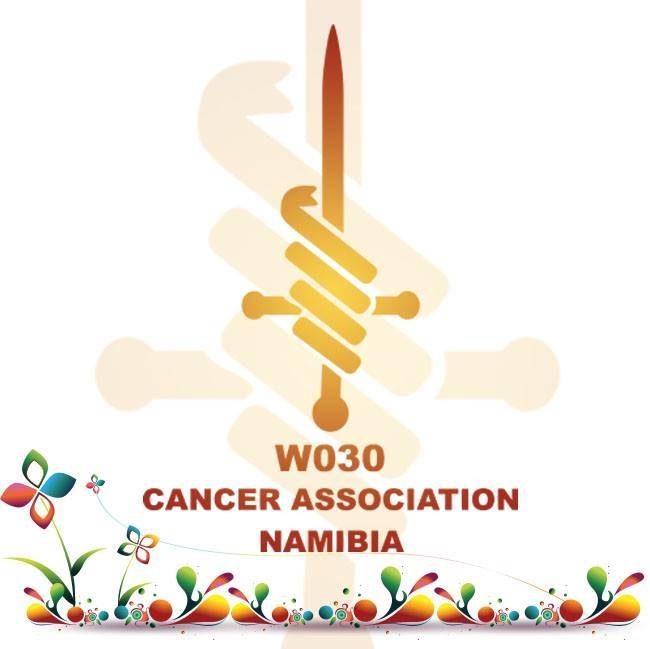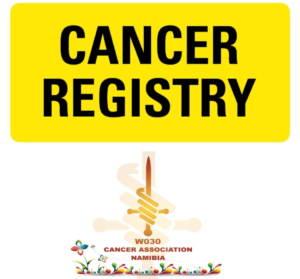
Cancer Registry in Namibia 2010 – 2014
Cancer in Namibia 2006-2009
The Namibian National Cancer Registry (NNCR) was started in 1995 is now a population-based national cancer registry covering the entire population of Namibia.
Concern about potential cancer risks at a local uranium mine led to the registration of all cancers diagnosed by the only central pathology service in Namibia. The project was a cooperation between the Rossing Uranium Company, the Namibian Ministry of Health and Social Services (oncology clinic) and the Cancer Association of Namibia. The registry collected all cancer cases presented to the Windhoek state pathology laboratory and the only private pathology laboratory from 1979 to 1994. From 1995 onwards, the Namibian Cancer Registry commenced active registration of both pathology-based and clinical cases for all 13 regions (14 regions since 2013 with “Kavango East” and “Kavango West” while the “Caprivi” was renamed “Zambezi”) of Namibia. Cases that are diagnosed in Republic of South Africa are re-routed to the Namibian registry via a network of registries, which are technically supported by IARC. The Registry aims to provide information that will ultimately lead to improved cancer prevention and control among the Namibian population.
The registry is based at the head office of the Cancer Association of Namibia in the capital, Windhoek. Activities of the registry are overseen by the CEO of CAN, and the association has facilitated and provided staff support for the registration. At present, no independent budget or resources are available for the registry.
At present, data collection takes place primarily at the Dr A.B. May Cancer Care Centre of Windhoek Central Hospital to which all state cancer patients are referred to for assessment and possible treatment. Majority of private cases are routed to the private Namibian Oncology Centre and all these cases are electronically submitted to the registry via a newly developed e-capturing system of the association. Several private chemotherapy centres now also exist throughout the country.
There are two primary pathology laboratories in the country, the state National Institute of Pathology (NIP) and the private PathCare, in addition to several smaller laboratories that have been established in the last 5 years. The pathology reports from NIP include demographic data, but place of residence is noted in less than one third of cases. The print-out received from PathCare only includes the age and sex. Some case information is received from the laboratory in Cape Town (RSA).
There is no service of clinical haematology in Namibia.
Death registry – There is civil registration of deaths, by cause, the responsibility of the Ministry of Home Affairs. The registry has gained access to the new electronic death registry in 2018 only. The quality of information on the cause of death is not known.
Case finding relies upon receipt of completed registration forms filled in by registered nurses employed by CAN in the admissions unit of the Dr AB May Cancer Centre, Namibian Oncology Centre and copies of pathology reports, as described above. Currently, there is no active case finding due to lack of funding.
CanReg5 is used for data entry and checks. There has been no formal evaluation of registry quality.
Coding of site, histology is done by CAN staff, according to ICD-O 3.
Only selected staff are allowed access to registry data; the CanReg file is password protected and the registry office is kept locked.
PUBLICATIONS and ACHIEVEMENTS
- The Namibian National Cancer Registry became a member of AFCRN in 2013.
- There are 4 published reports on the registry’s results (1995-1998, 2000-2005, and 2006-2009, 2010-2014).
- The next report (2015-2017) is due for publication at the end of 2019.

